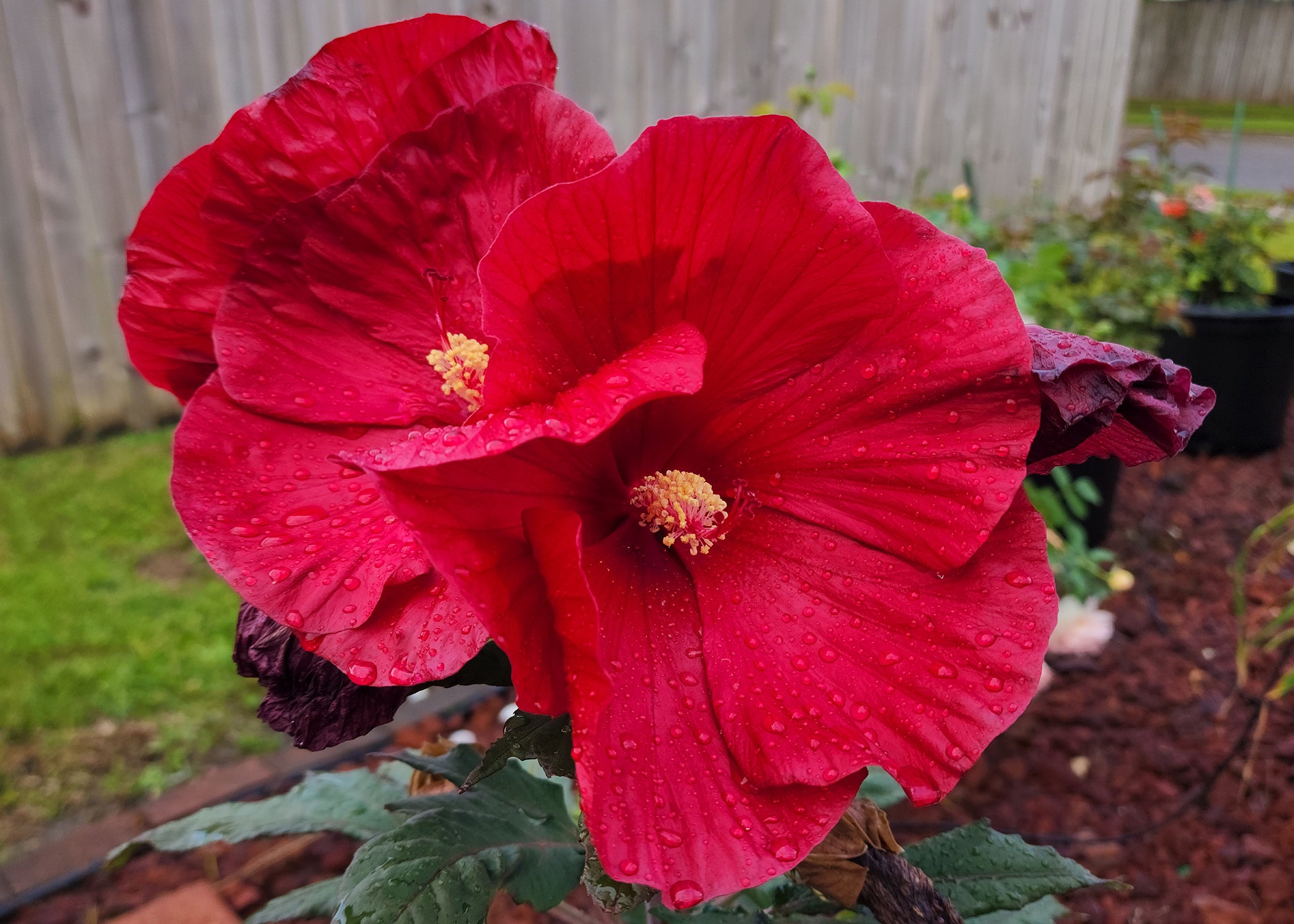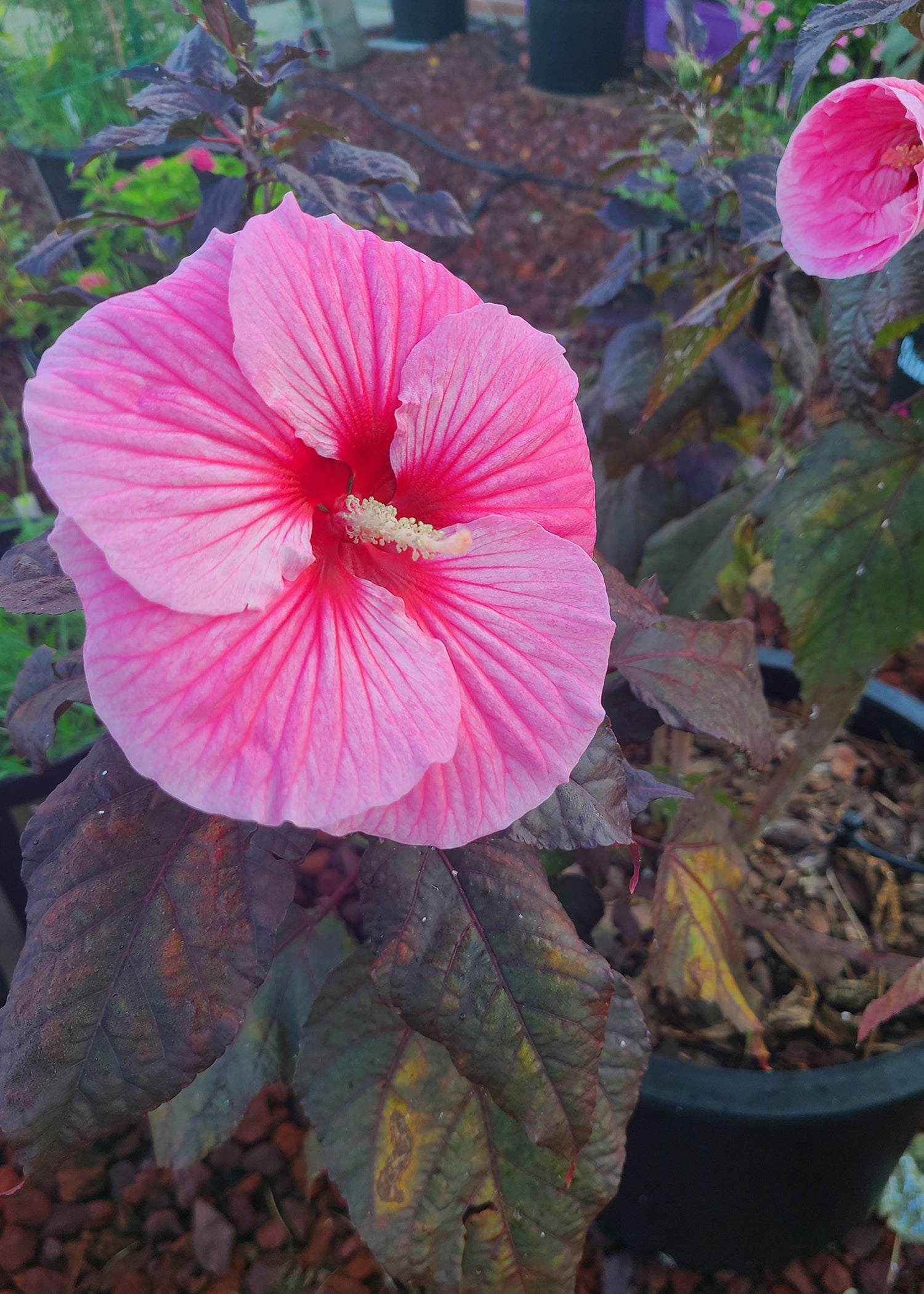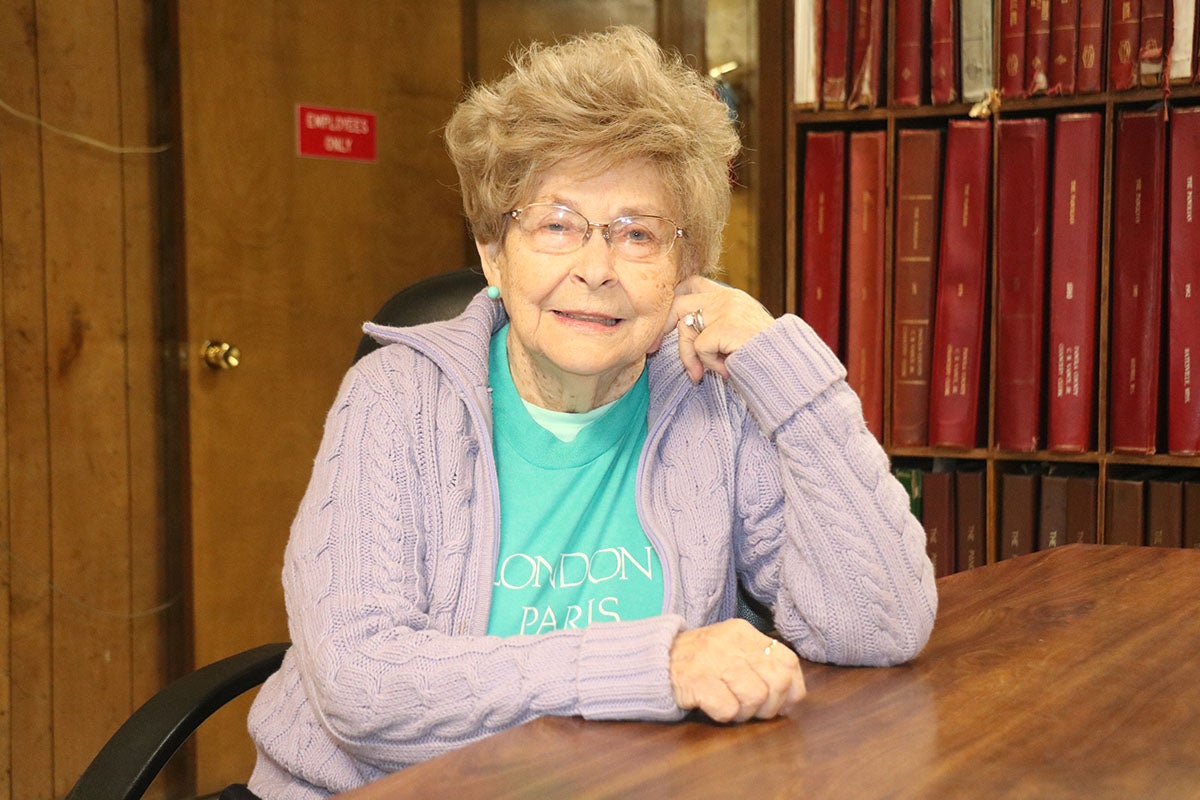Hardy hibiscus provides tropical look each year
Published 2:26 pm Monday, June 6, 2022

- CRANBERRY -- Cranberry Crush is a naturally compact hardy hibiscus selection that works well in large containers. (Photo by MSU Extension/Gary Bachman) Alt text -- Two large, red flowers bloom on a plant. ###
By Gary R. Bachman
MSU Extension Service
Those who know me know I have lots of favorite plants because I don’t think anyone should be limited to just one or two choices. Today, I want to tell you about my late-spring to early-summer favorite, the hardy hibiscus.
As the name implies, hardy hibiscus selections are winter hardy, having been bred from the native hibiscus of the Gulf coast. The flowers of hardy hibiscus are HUGE, sometimes up to 12 inches across. They are often called dinner plate hibiscuses.
Flower colors include white, pinks, reds and bicolors. Like tropical hibiscus varieties, the flowers are bright, beautiful and gaudy.
The foliage of hardy hibiscus is not as glossy as the tropical varieties. Foliage colors can vary from light to medium green, with some selections even offering burgundy and dark-purple leaves.

Hardy hibiscus plants are bushy and grow from 2 to 5 feet tall. They love the sun and need moist, well-drained soil. Keep these plants watered to ensure larger flowers and lush foliage. Deadhead to improve the appearance of the plant.
For the past several years, I’ve grown Summerific Summer Storm and love the dark foliage and creamy white with dark pink-maroon highlights.
Last year, I added several great-looking varieties to my home garden.
Spinderella has 8-inch white flowers with pink-accented edges and a dark-red eye. This plant’s dark-green leaves form a tidy, dense and well-rounded bush.
Edge of Night is wonderful for late-season color. It has large, 7- to 8-inch bubblegum pink flowers that have a darker pink veining. Another outstanding feature is its large, mounding habit of jet-black foliage.
Cranberry Crush is a naturally compact selection that works well in large containers. It produces 7- to 8-inch, deep-scarlet-red flowers all over its dense, rounded clump of deep-green, leathery foliage that looks a lot like maple leaves.
In 2020, my Summer Storm set seeds for the first time. I collected them and actually got five to germinate. Each seedling had a different coloration and leaf form. Through pollination and the mixing of genes, the new plants express characteristics of the plants that went into breeding Summer Storm.
This is different than what happens when you make rooting cuttings, as these are clones with the same genetic makeup.
I can’t share pictures of my new plants yet because they may have market potential, and I’m not ready for public disclosure.
Hardy hibiscus is always one of the last perennials to emerge in spring, so be patient. These plants have a vigorous growth rate that more than makes up for their late start.


